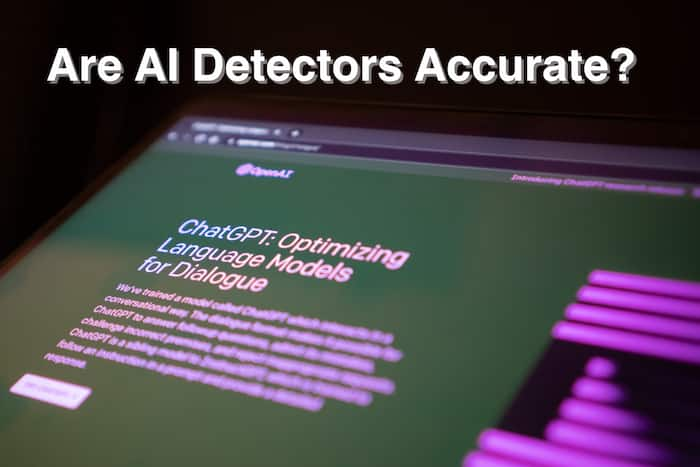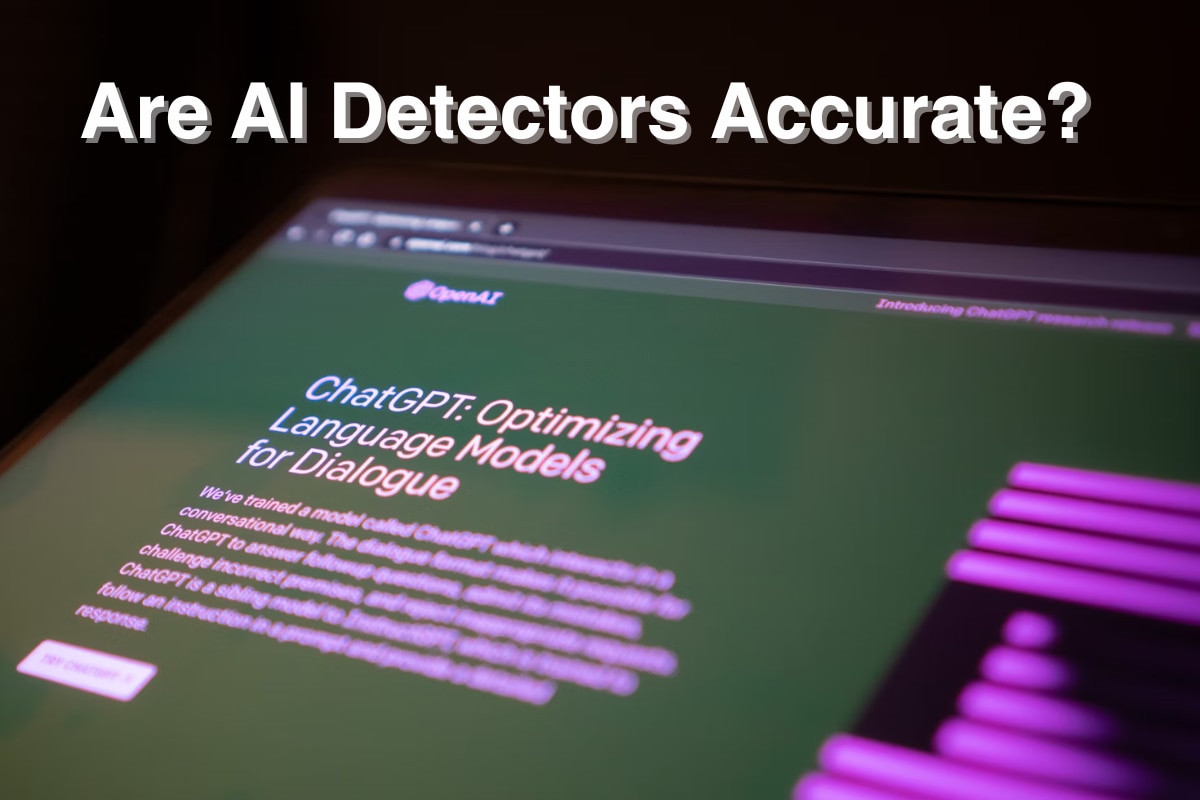Ever since AI generated content has flooded the internet, AI detectors too have become popular. But exactly how accurate are AI detectors?

New Delhi: From verifying authenticity, checking plagiarism, or requiring 100% human-generated content, AI detectors have become quite a popular tool in demand these days. The rise of AI-generated content is generally associated with ChatGPT, which has quickly become a common term amongst writers, educators, and students alike. It is known to help generate well-structured articles, essays, emails, and more. Soon, AI-generated content flooded the internet, and people questioned how accurate AI really was. Often, the quality of the generated content did not meet expectations, and along came misinformation and the spreading of fake news. This is where AI detectors come into play.
Learn how AI detectors work, how accurate they are, and popular examples.
What Are AI Detectors, and How Do They Work?
AI detectors, also known as GPT detectors, are algorithm-based tools designed to detect AI-generated content. AI detectors evaluate text to check if the information is actually produced by artificial intelligence (AI). These tools use probabilities obtained from large language models (LLMs) to analyse text patterns. LLMs are essentially lists of word probabilities used by AI writing tools to generate text. So these detectors then evaluate texts for patterns, such as high-probability word ordering, that are in the same fashion as how AI generates content. In summary, it is similar to the saying of diamond cuts diamond, but we did discuss how AI-generated content sometimes leads to issues like plagiarism, and fake news. So the next question arises: Are AI Detectors Really Accurate?
Are AI Detectors Accurate?
While AI detectors are prominently used to identify AI-generated texts, they do have limitations. These detectors rely on calculating the probability of a text being AI-written based on factors such as:
- Complexity of the text
- Patterns of the writing of the text
But like the AI-generated content were not really a 100% accurate, detectors (which again are AI-based) can too, lead to errors. When tested, different AI detectors may give varying results, and some may not perform well on certain types of text. Despite claims of high accuracy, multiple studies have revealed biases, difficulty of use, and susceptibility to methods that can trick the detectors.
Can AI Detectors Be Trusted?
With the rise of inaccuracies in the results of the detectors, false detections and missed cases of AI-generated text have become an alarming concern, particularly when human editing or paraphrasing is involved. Moreover, AI detectors may have trouble understanding context and lack transparency in the data they use, making it difficult to trust their results completely. It is essential to understand these limitations before solely relying on AI detectors for making accusations or important decisions based on their assessments.
Some Examples Of AI Detectors:
- GPTZero: A tool designed to help professors identify if their students are using AI-generated content in essays. It examines excerpts on two parameters: Perplexity and burstiness, which are techniques used to identify patterns in text.
- OpenAI AI Text Classifier: A tool trained by OpenAI to differentiate between human-written and machine-generated text. It requires a minimum of 1,000 characters to run and rates excerpts as “very unlikely,” “unlikely,” “unclear if it is,” “possibly,” or “likely” AI-generated.
- Copyleaks AI Content Detector: A tool that uses its years of experience and feedback from refining its plagiarism checker to detect AI-generated content with a claimed 99.1% accuracy. It is also the only tool on this list that’s frequently updated for new AI engines and supports about 100 languages.
- Originality.AI: A tool that claims to be one of the most accurate AI detector tools available, with over 95% accuracy. It can detect AI-generated text by analyzing up to 10,000 characters.
- Writer: A tool that uses AI to detect AI-generated content. It is designed to be used by individuals to check their writing for AI-generated content.

